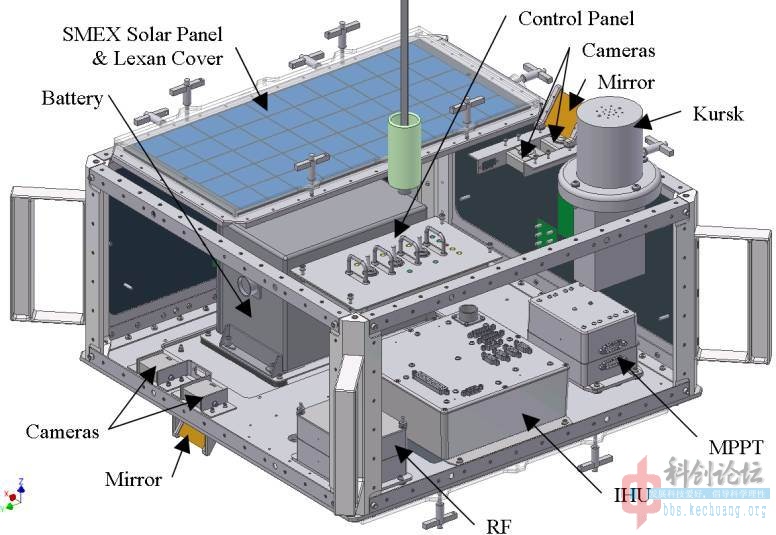
ARISSat-1是AMSAT参与的最近的一颗业余卫星。2011年1月28日,ARISSat-1搭乘进步号货运飞船运抵国际空间站,在2011年8月3日的一次EVA中由宇航员手工释放入轨。其概况如下:
ARISSat-1
Name: ARISSat-1 Alternate Names: RadioSkaf-V, Kedr
Satellite Type: Microsatellite
Launch Date to ISS: 28 January 2011
Launch Location: Baikonur
Dimensions: 55 cm x 55 cm x 40 cm
Weight: 30.0 Kg
Organization: AMSAT, NASA, RSC Energia and ARISS
Frequency Information
Mode V FM (Voices Messages and Telemetry): Non-Operational
Downlink 145.9500 MHz FM
Mode V FM Imaging (Robot-36 SSTV from onboard cameras): Non-Operational
Downlink 145.9500 MHz FM
Mode V SSB Telemetry (BPSK-1000 bps): Non-Operational
Downlink 145.9200 MHz BPSK
Mode V SSB TLM Beacon (CW-2, active with BPSK-1000): Non-Operational
Downlink 145.9190 MHz CW
Mode U/V (B) Linear Transponder (Inverting): Non-Operational
Uplink: 435.7580 - 435.7420 MHz SSB/CW
Downlink 145.9220 - 145.9380 MHz SSB/CW
Callsign: RS01S (is the transmitted callsign)
RadioSkaf-V is a Russian designation
Kedr is another designation to honor Yuri Gagarin's pilot callsign
during the first manned spaceflight 50 years ago
Detailed Description
ARISSat-1 is a microsat developed as a follow-on to the SuitSat-1 project. The satellite was launched to the ISS on January 28th, 2011, with deployment into space during an EVA (spacewalk) on February 16, 2011.
The satellite will downlink live SSTV images from four onboard cameras as well as 24 greetings in 15 languages on the FM voice frequency 145.95 MHz. The BPSK-1000 sig downlinks as SSB on 145.920 MHz, with the CW signal below the BPSK signal to be used as a tuning indicator for the BPSK signal. Telemetry and amateur radio callsigns of those instrumental in amatuer radio in space will be transmitted at 145.919 MHz. For the amateur radio operators there is a 16kHz wide transponder for two-way contacts. All of the transmissions and receicvers use newly created software defined radio technology.
The BPSK-1000 signal will include alternating telemetry and experiment data packets. Telemetry data will include spacecraft subsystem information such as temperature, voltage and current measurements. The Kursk State University experiment will be sent as 5 packets for a total of 2k of data. The data is collected for 90 each day. This experiment will sample the change in vacuum as the satellite slowly re-enters the atmosphere.
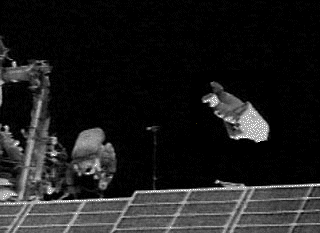


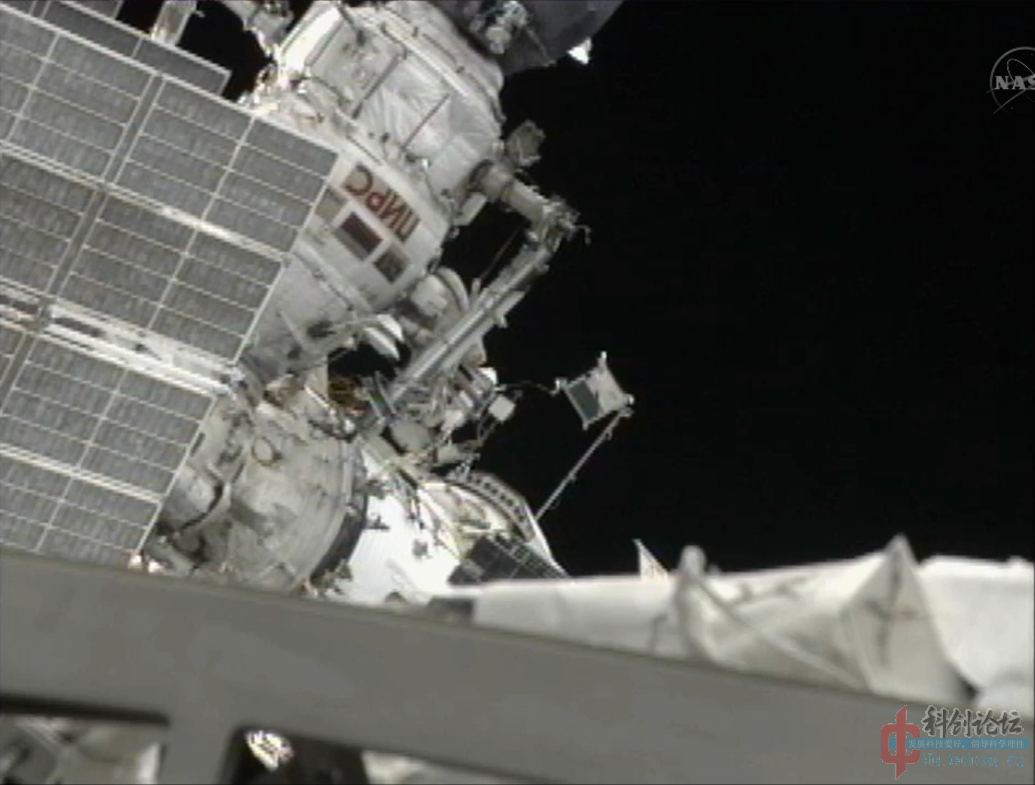

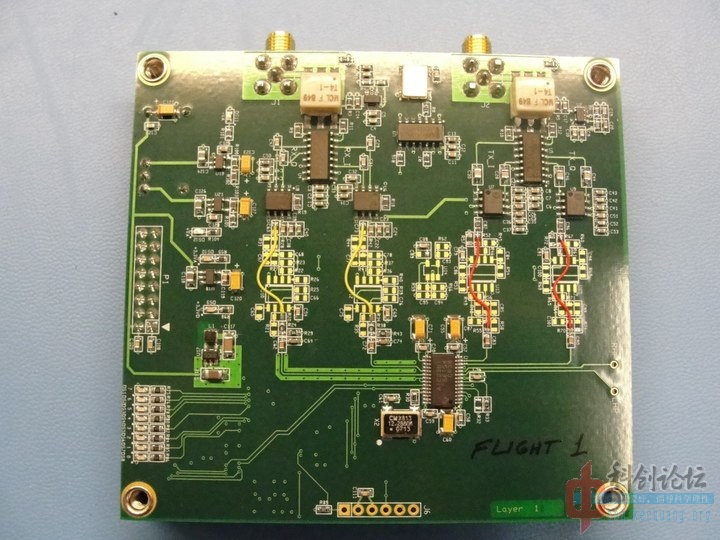




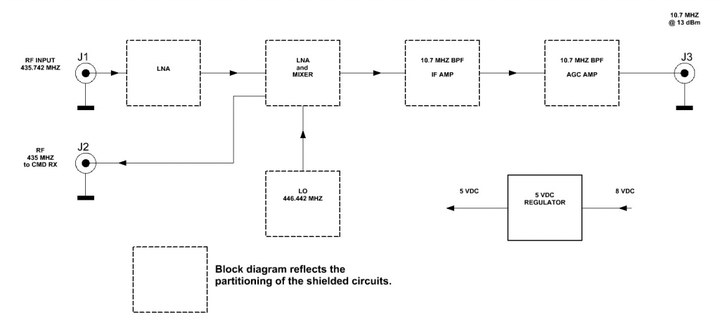
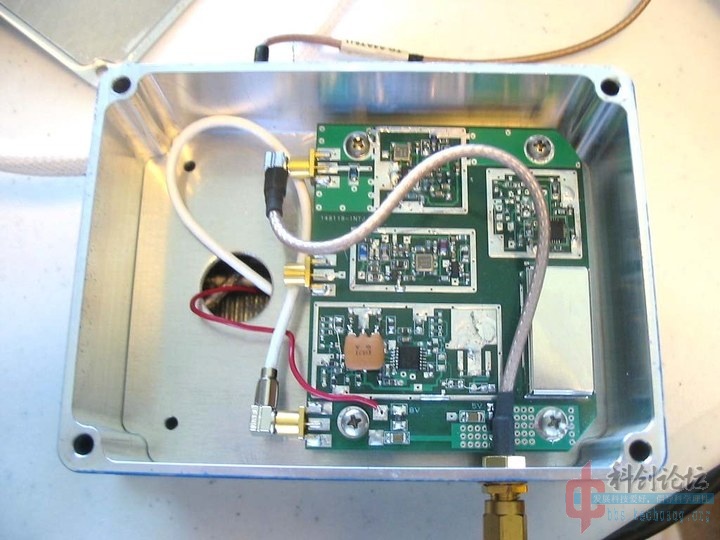
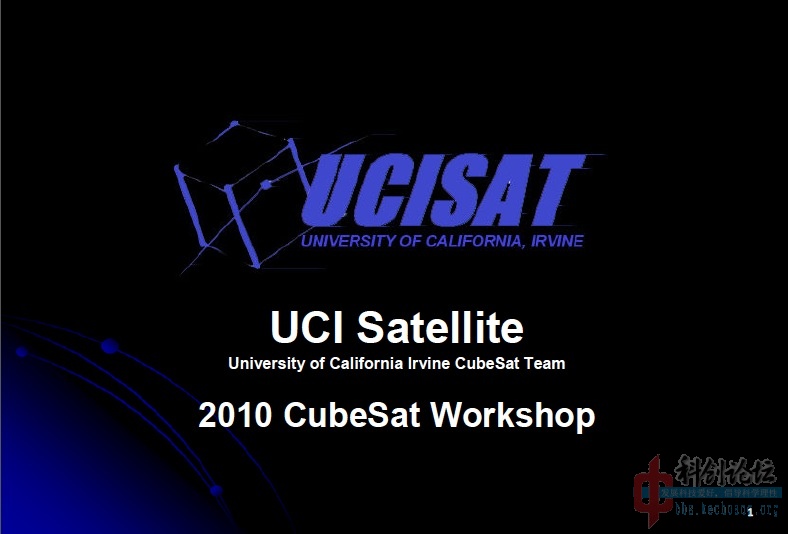
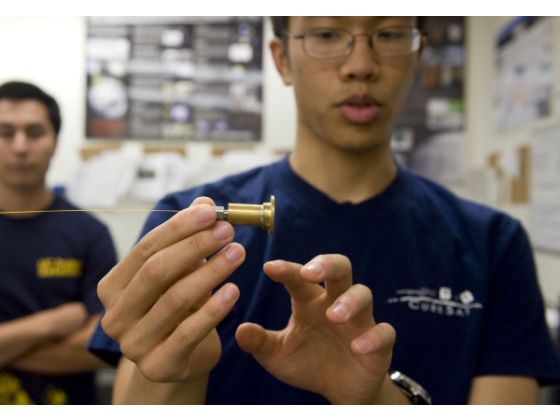
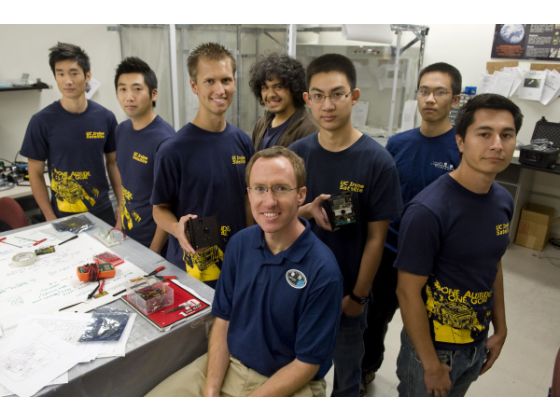
200字以内,仅用于支线交流,主线讨论请采用回复功能。